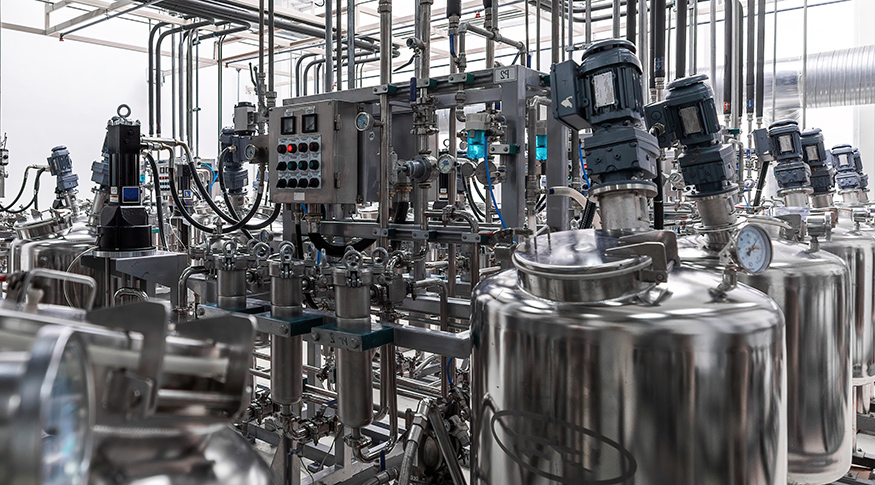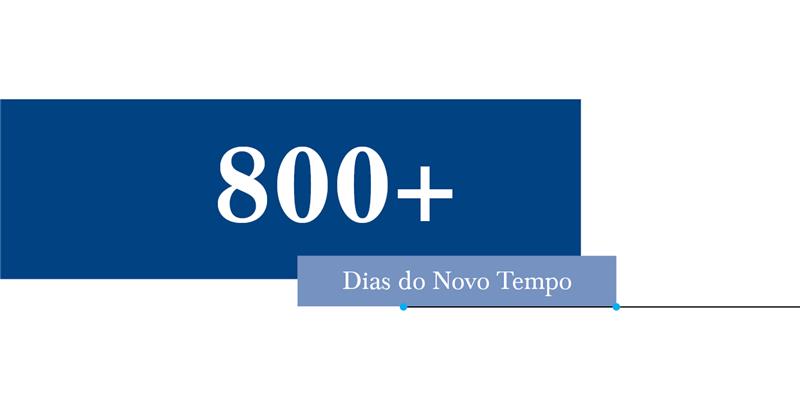Regional industry
Industrial output advances in five of 15 places surveyed in August
October 08, 2024 09h00 AM | Last Updated: October 09, 2024 09h30 AM

Between July and August, the Brazilian industrial output registered a positive change of 0.1%, with a growth in five out of 15 places surveyed by the Monthly survey of Industry (Regional PIM). The highest rises were recorded in Ceará (2.7%) and Minas Gerais (1.8%). Compared with August 2023, industry advanced 2.2% and the positive rates were shown in 12 out of 18 places surveyed. The cumulative index in 12 months rose 2.4%, with 17 out of 18 places surveyed showing positive figures, whereas the cumulative index in the year expanded 3.0%, with positive figures in 16 out of 18 places surveyed. The national industry is 1.5% above the pre-pandemic level. The data were released today (8) by the IBGE.
"The positive behavior of the industrial output in August happens after a negative figure in July (-1.4%). It was a positive performance, though a reduced one, quite close to stability. The improvement in the labor market, with a drop in the undemployment rate, and the increase in the average yield, rising the purchasing power of families, contributed to the industrial figures in August. However, factors like a high interest rate reduce the positive effects of the good moment in the labor market. Activities were widespread on the negative side, which works as a warning in relation to the industrial activity in the coming months," explains Bernardo Almeida, an analyst of the Regional PIM.
The good performance of industry in Ceará (2.7%) stood out in absolute terms and ranking in the second position in terms of influence, growing for the third month in a row, a period in which it accumulated a gain of 6.2%. The sectors of leather, traveling goods and footware and of chemicals were those that mostly contributed to this result.
Minas Gerais ranked in the second position in terms of the highest rises in the industrial output (1.8%), accumulating a gain of 9.2% over the last three months. "The mining and chemical sectors were the major responsible for the positive result of industry in Minas Gerais," highlights Almeida.
As the largest industrial park in Brazil, São Paulo fell 1.0% between July and August, the biggest negative influence on the result of the national industry. It is the second consecutive negative rate for industry in São Paulo, accumulating a loss of 2.4%. "The sectors of petroleum products and electrical machinery and apparatus were the ones that mostly influenced the industry dynamics in the state. This results puts industry in São Paulo 0.6% above the pre-pandemic level and 22.1% below its peak, reached in March 2011," states Almeida.
On the dropping side, Pará (-3.5%), Paraná (-3.5%) and Rio Grande do Sul (-3.0%) registered the most significant rates. Bernardo Almeida reminds that "the drop of industry in Paraná comes after two months of growth in the output, when it accumulated a gain of 7.7%. The sectors of petroleum products and of food products were the major influencers. In the case of Rio Grande do Sul, which gained 36.4% in the last two months, the activities of pulp, paper and paper products, and of tobacco products impacted negatively. In Pará, which recorded the biggest drop in absolute values and a cumulative loss of 7.0% in July and August, the sectors of basic metals and non-metallic minerals stood out on the negative side."
Compared with 2023, industry grows in 12 out of 18 places
The industrial sector rose 2.2% over August last year and, in regional terms, 12 out of 18 places surveyed followed the positive figure. It is worth reminding that August 2024 (22 days) had less one business day than the same month last year (23). The biggest advances were recorded in Ceará (17.3%), Pará (16.9%) and Mato Grosso do Sul (12.4%). Minas Gerais (7.3%), Bahia (5.6%), Northeast Region (4.5%), Paraná (3.7%), Pernambuco (3.4%) and Santa Catarina (3.3%) also reported more intense positive rates than the national average (2.2%). Maranhão (2.1%), São Paulo (1.2%) and Amazonas (1.1%) were the other places that advanced their output in August 2024.
"Positive figures were widespread in the inter-annual indicators, which shows a gain in the pace of the industrial production, in regional terms, when compared with 2023," notes Almeida.
On the other hand, Rio Grande do Norte (-22.6%) was responsible for the most intense drop in August. The explanation for this performance mainly comes from the activity of coke, petroleum products and biofuels (fuel oil). Espírito Santo (-6.0%), Rio Grande do Sul (-5.2%), Goiás (-2.8%), Rio de Janeiro (-1.4%) and Mato Grosso (-0.6%) retreated in this comparison as well.
More about the survey
The Regional PIM has been producing short-term indicators since the 1970s regarding the behavior of the real product from mining and quarrying and manufacturing industries. It brings monthly indexes for 17 Federation Units whose share are at least 0.5% of the total value added of the national industry and for the Northeast as a whole: Amazonas, Pará, Maranhão, Ceará, Rio Grande do Norte, Pernambuco, Bahia, Minas Gerais, Espírito Santo, Rio de Janeiro, São Paulo, Paraná, Santa Catarina, Rio Grande do Sul, Mato Grosso, Goiás and the Northeast Region.
The results of the survey can also be viewed on Sidra,



















